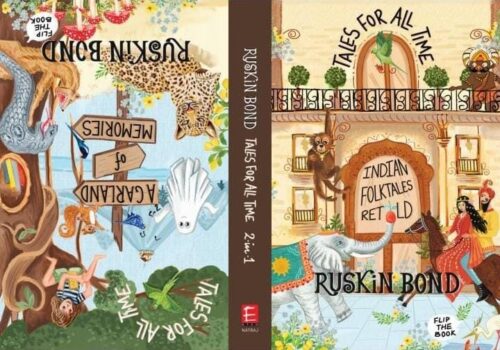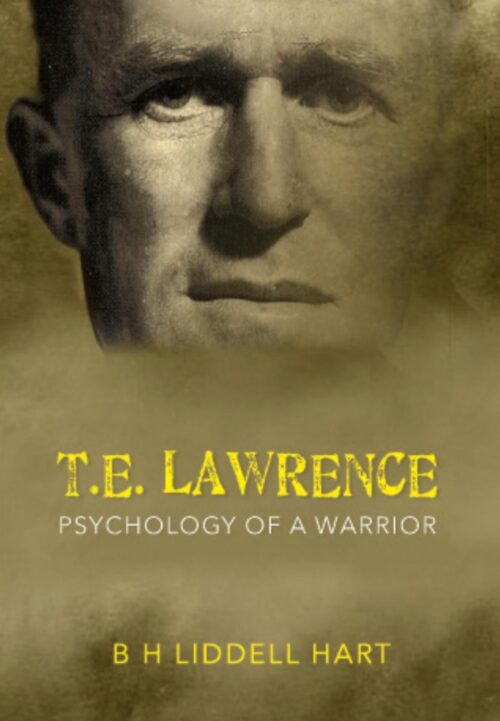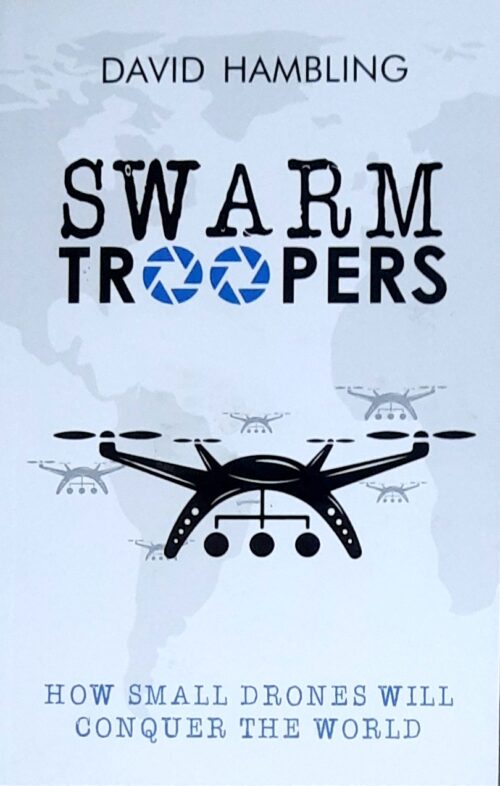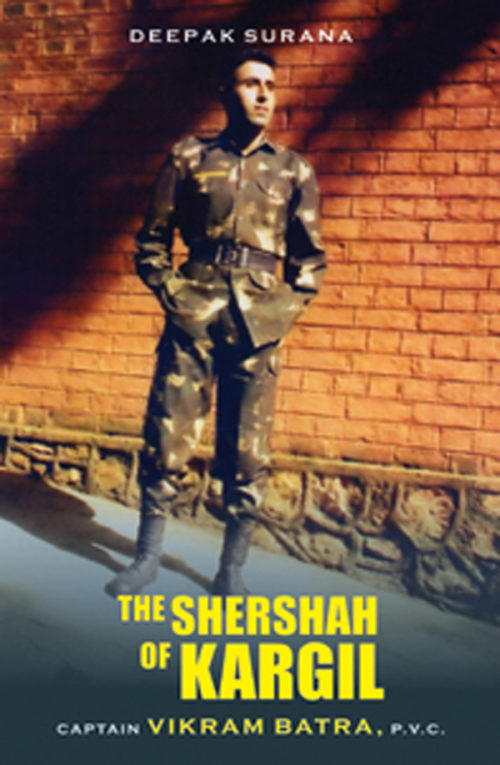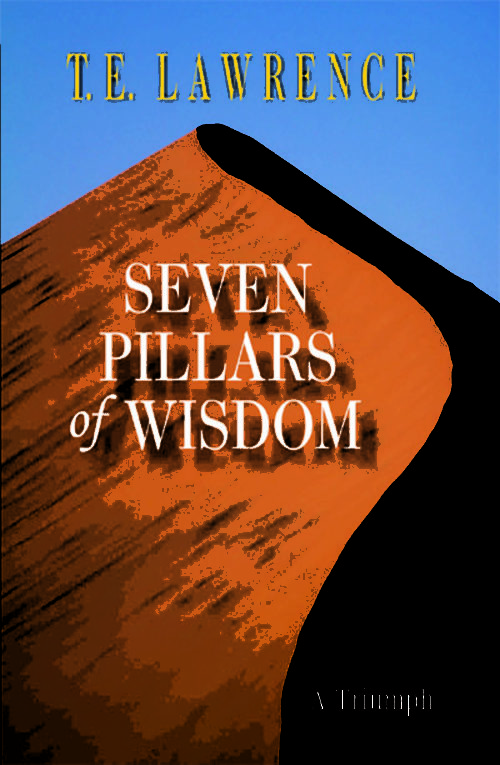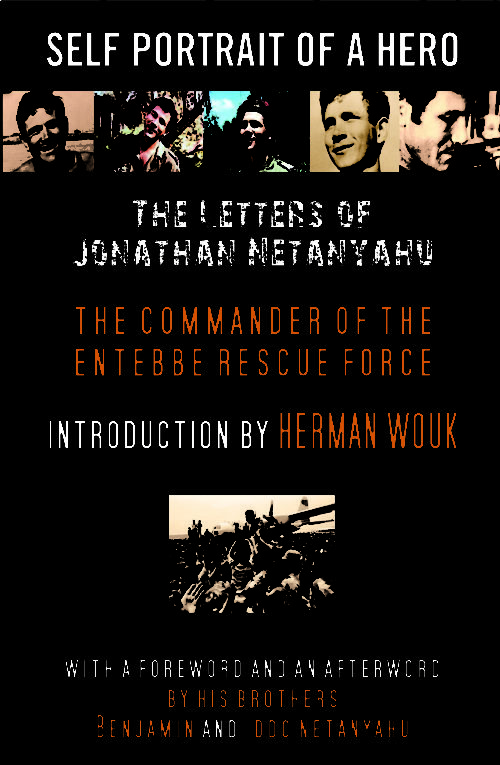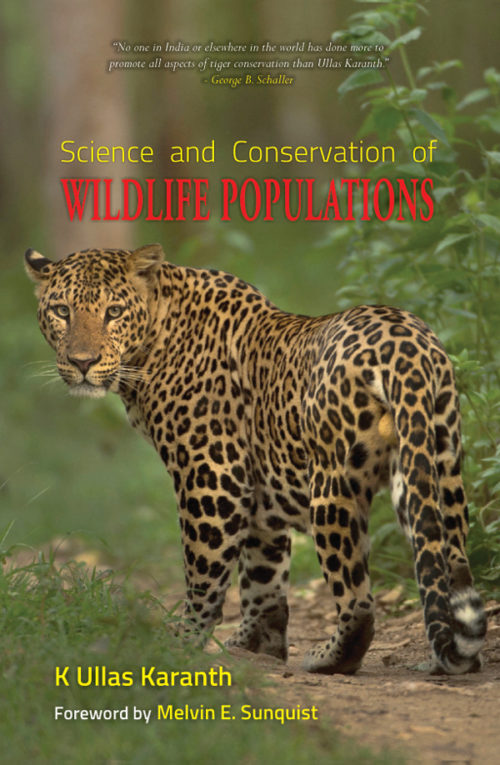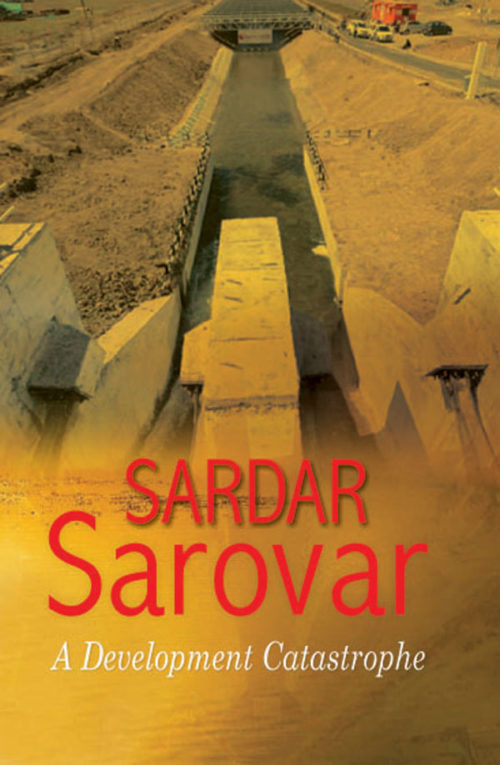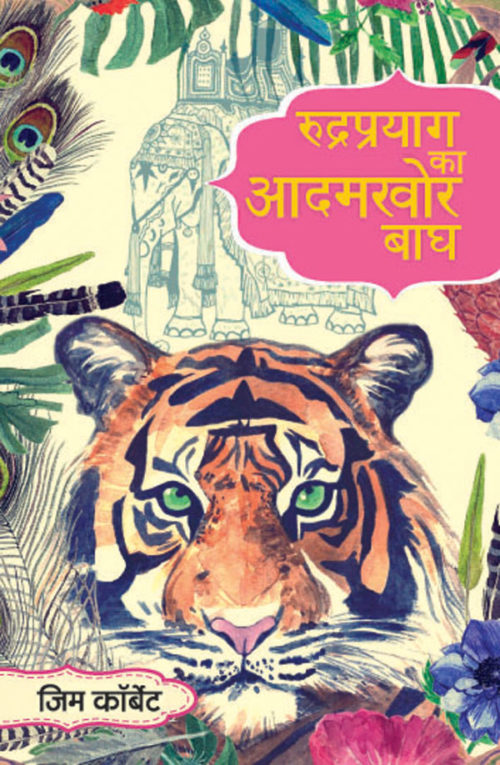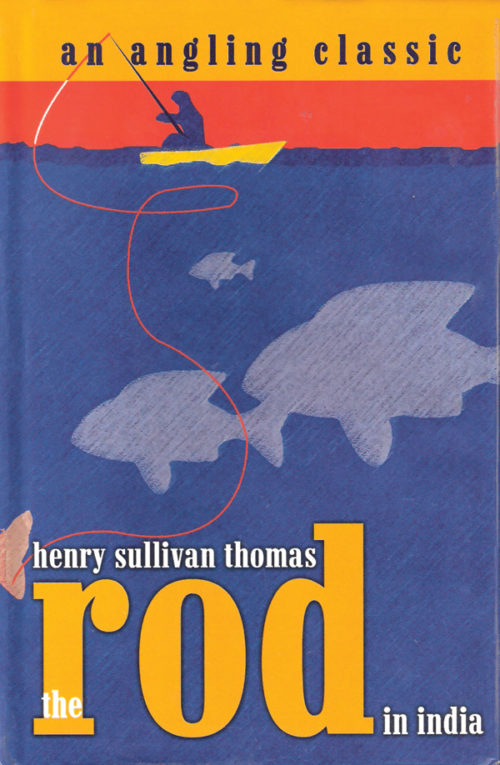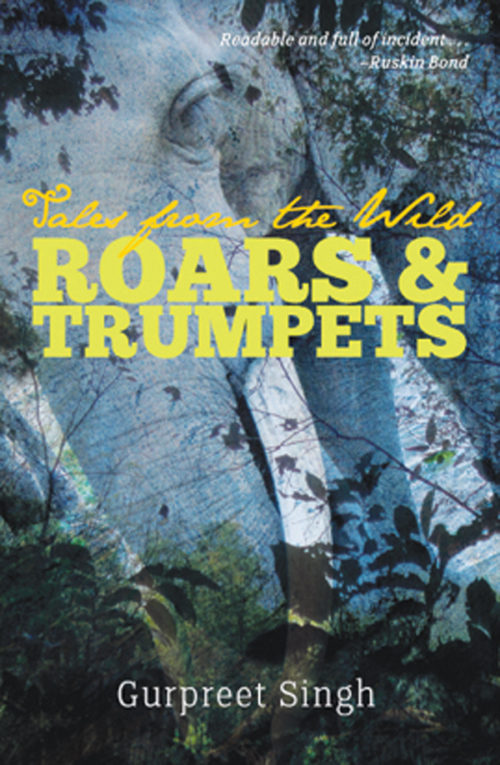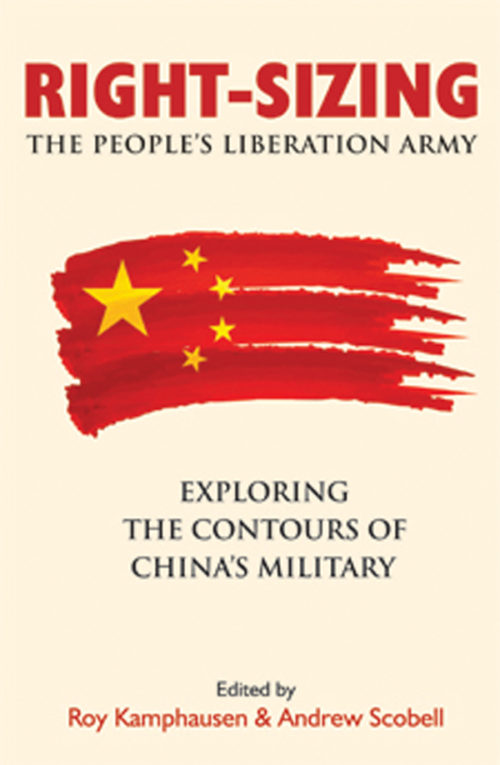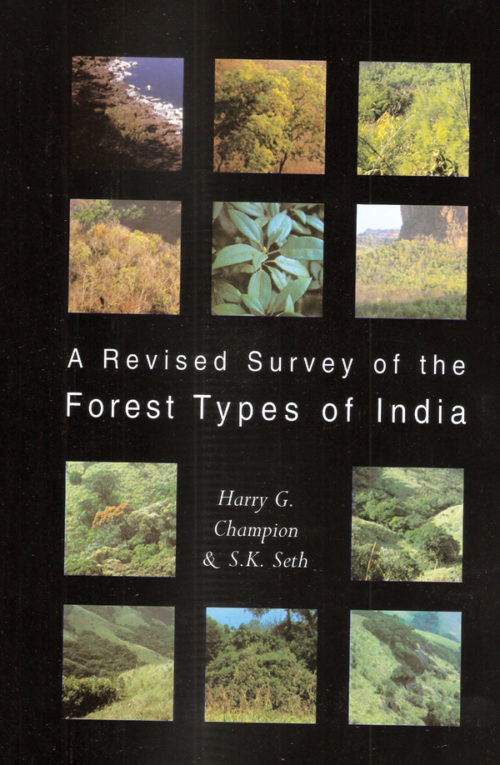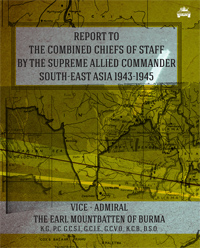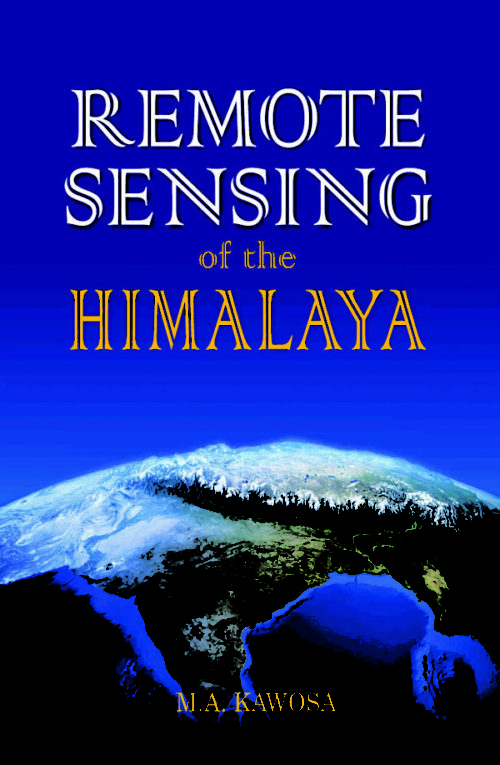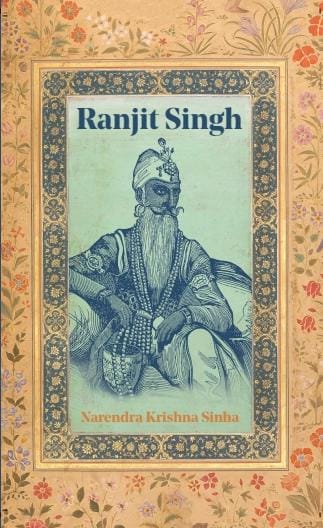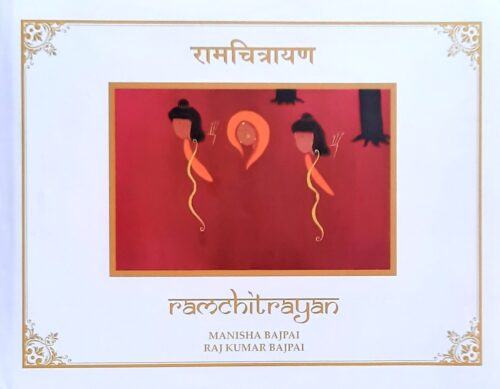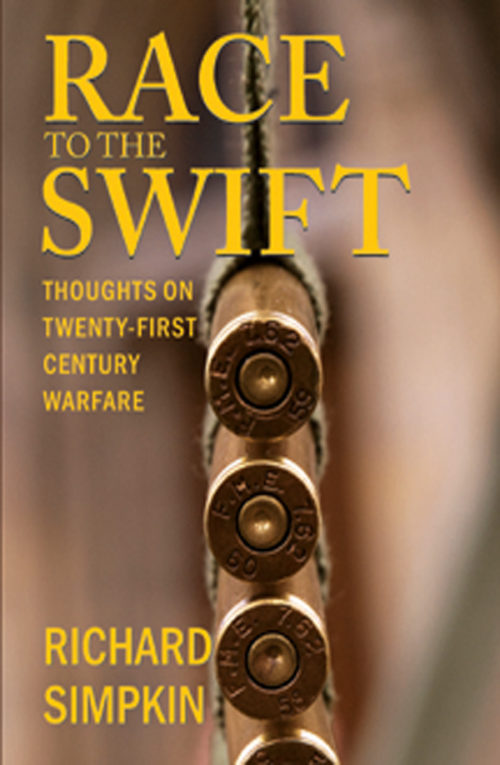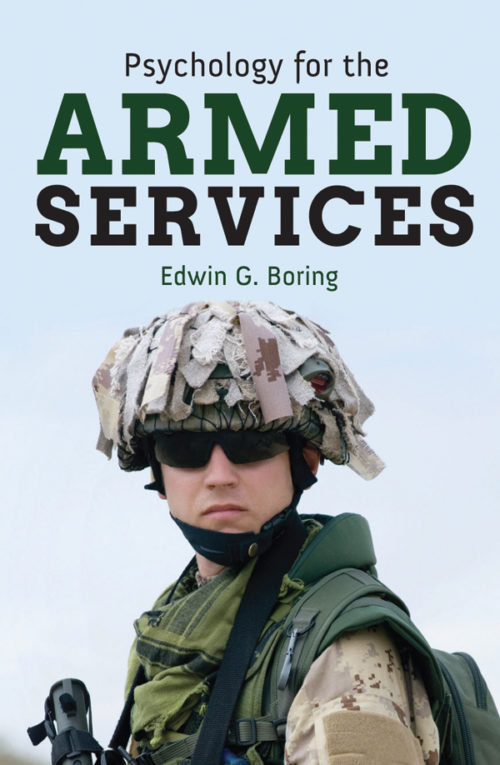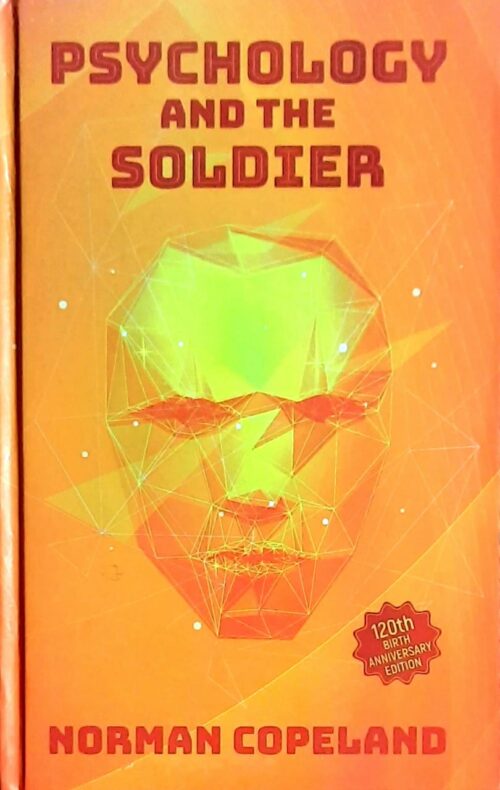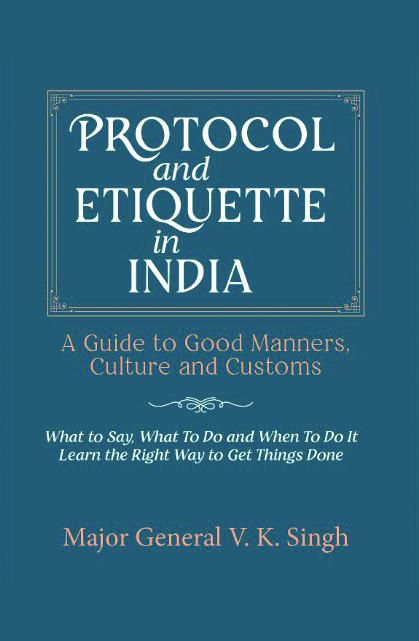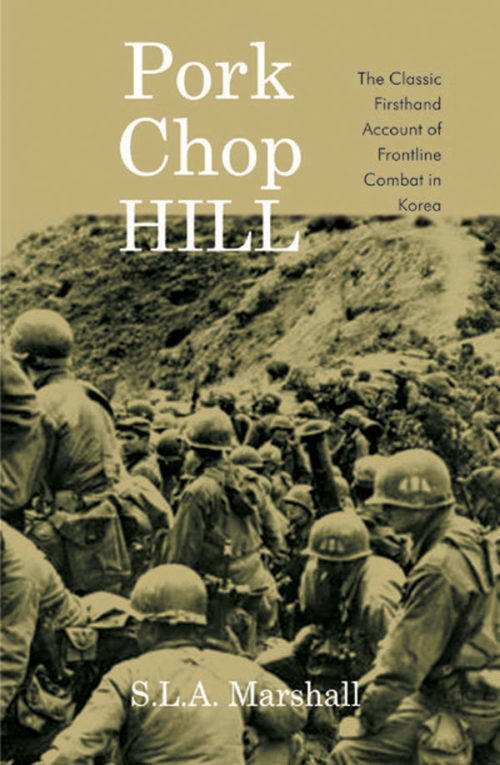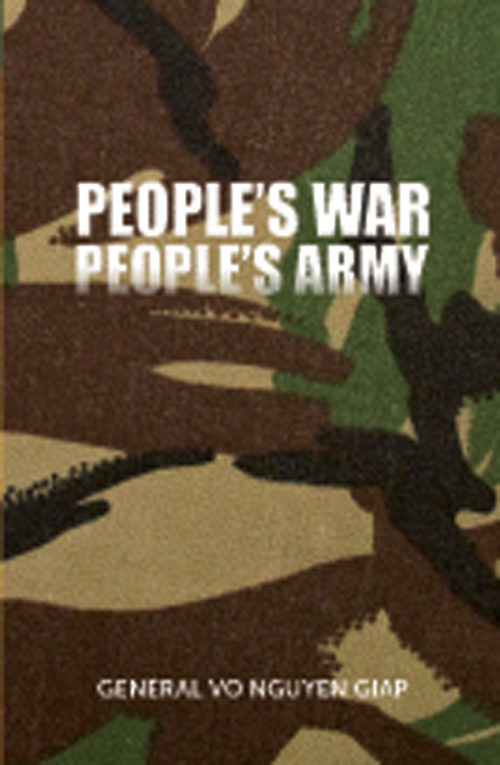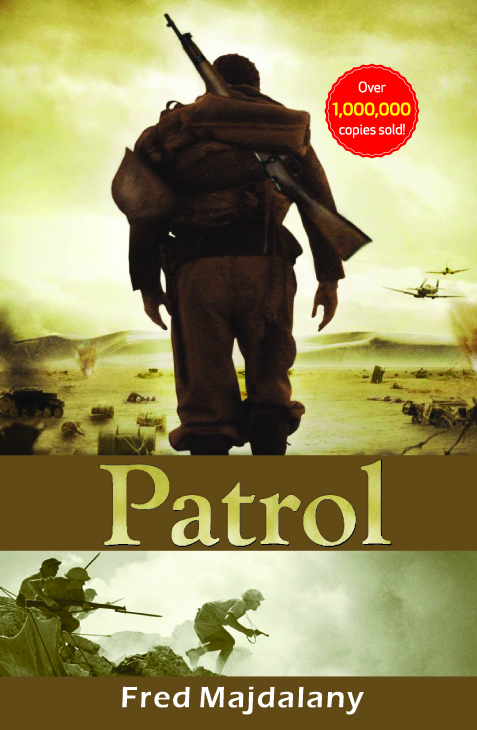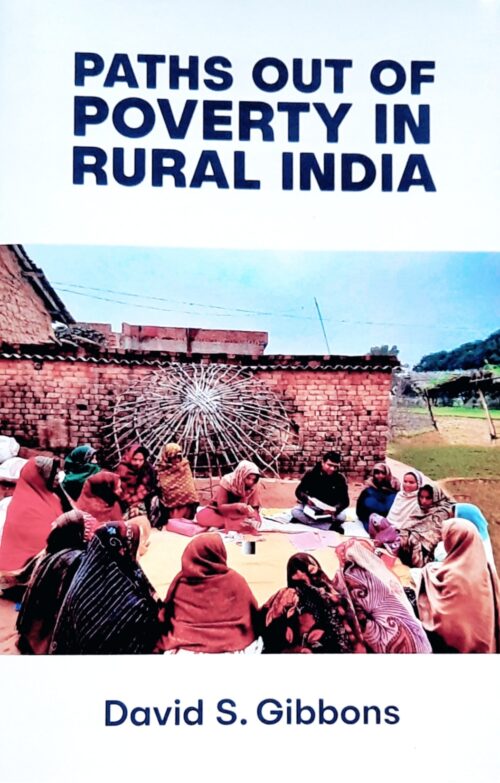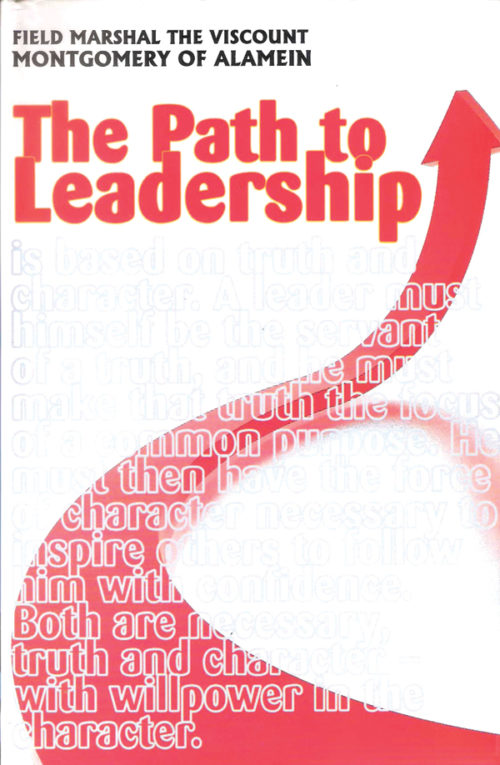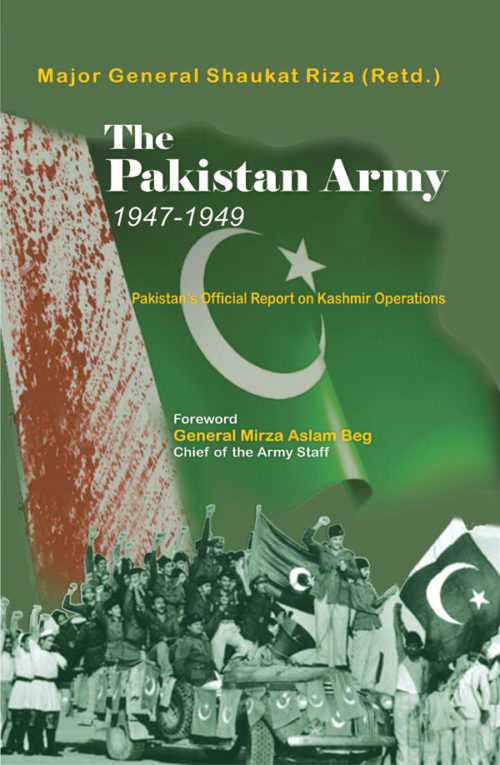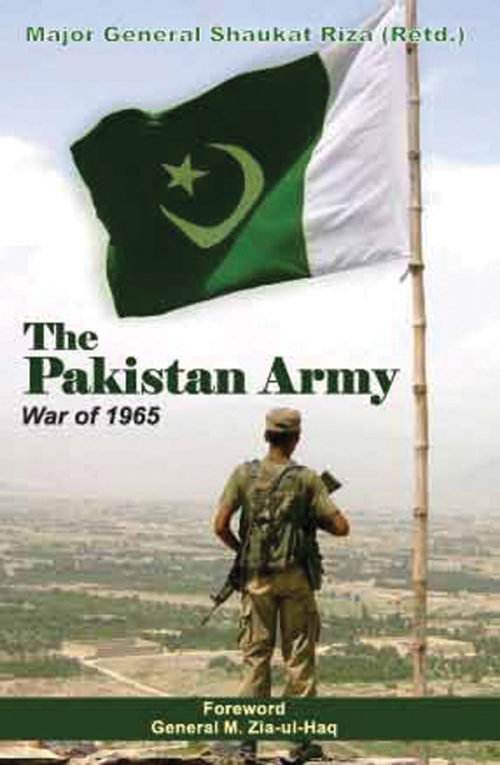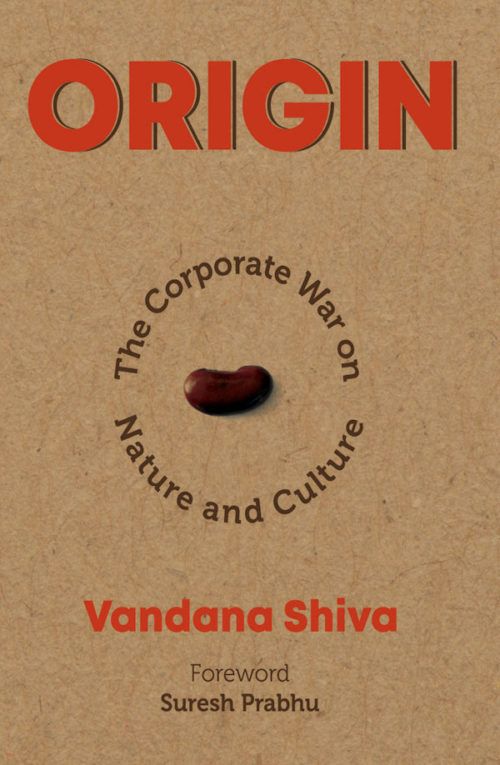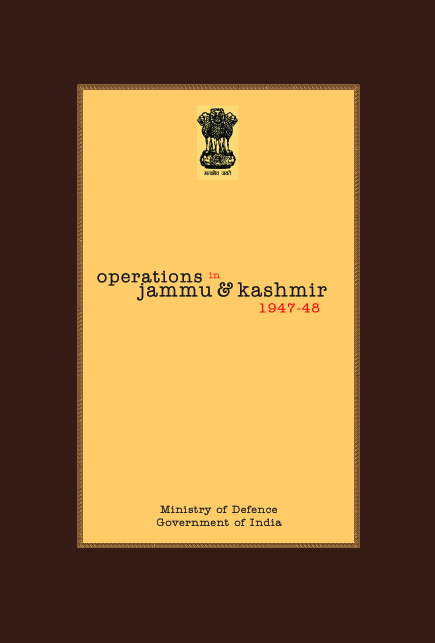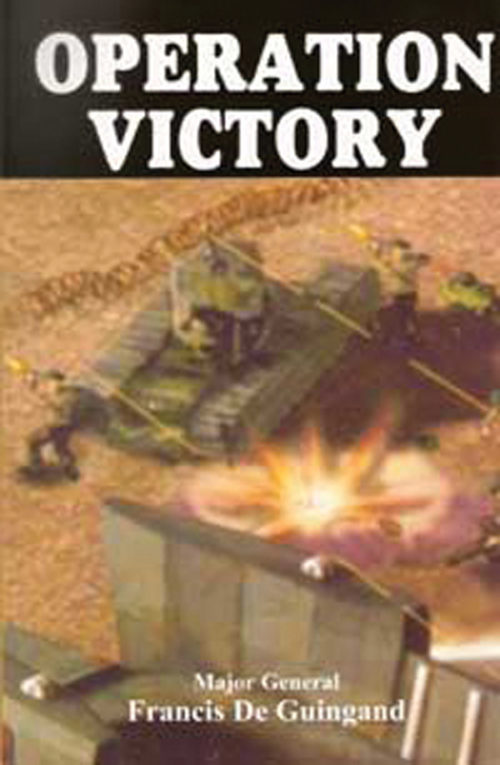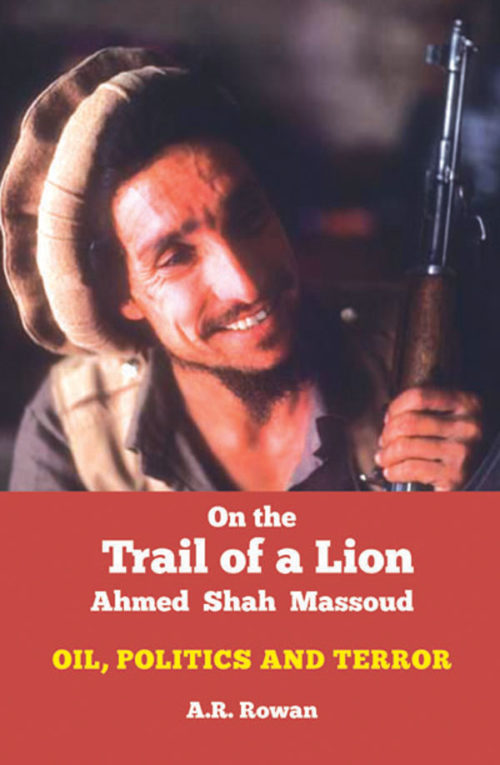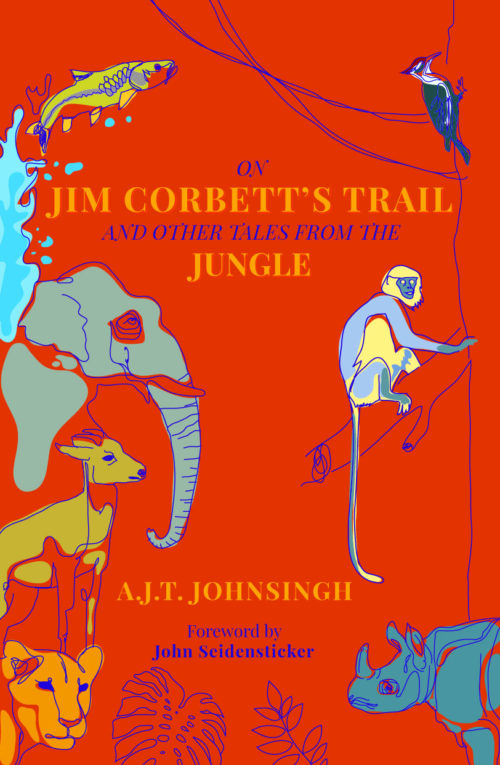-
This is a collector's edition of two of Ruskin Bond's favourite books in one upside down edition! "Tales for all Time" brings together "A Garland of Memories" which is a collection of biographical short stories with "Indian Folktales Retold" which is an interesting retelling of India's famous folktales. In vintage Bond style, expect this collection to make you smile, laugh and cry.
-
Liddell Hart set out to cover T E Lawrence and the Arab Revolt but as his research grew and his interaction with Lawrence increased, so did the scope of this remarkable biography. What emerged was a man of reflection, of action, liked by many and disliked by many - but as Liddell Hart writes, that is true for any outstanding figure of his time and Lawrence did stand tall, in all that he achieved and in the decisions he took. And what binds both categories of viewpoints on Lawrence is a common admiration for him. The book talks about his achievements, character, and qualities of leadership. It is a testimony to his transcendent powers. Since Liddell Hart is a military historian, the book is a parallel account of the psychology of a warrior, with timeless lessons for officers today.
-
Advances in technology have set the stage for a major shift in how we fight wars and gather intelligence. Drones - cheap and plentiful - are poised to support and, in some cases, supplant current weapons, at a fraction of the cost. Not everyone is convinced. How can small drones with limited battery life stay in the air long enough to achieve anything on a strategic scale? And how can anything so small make an impact? But with new tchnology that allows drones to draw energy from the environment and swarms of thousands of drones acting together, their impact is anything but small. From anti-personnnel weapons to miniature demolition devices and high-temperature incendiaries, new technology is making small drones into true engines of destruction. The high cost of miliary aircraft, the rise of biomimetic technology, advances in the science of swarming behaviour - all of these are leading us to a future where drone swarm rules the skies. "Swarm Troopers" will show you what that future looks like and explore whether or not we''ll be ready for both the opportunities and threats it may bring.
-
This has every little detail any angler would dream to ask!The size, layout and production of this delightful book makes it every angler's essentail companion.
-
This is the first ever comprehensive book on wild life law enforcement in India. It explains the various interpretations and legalities pertaining to Indian wild life laws. The details of the case laws provided offer a better understanding of the procedures involved in the investigation and trial of wild life crimes.
Part I of the book deals with the conceptual topics like evolution and salient features of wild life laws, legal procedures involved in investigation and trials of wild life cases, powers and privileges of forest officers, CITES and its legal enforcement in India, legalities of captive management and legal provisions related to the Forest (Conservation) Act, 1980. Part II deals with various provisions and amendments made thereupon under the Wild Life (Protection) Act, 1972. These provisions are further elaborated through relevant case laws and commentaries for better understanding of a particular provision. Part III discusses rules, policies, statutes, and guidelines related to wild life law enforcement issued at national and international fora. Part IV of the handbook deals with other related laws such as the Wild Birds and Animals (Protection) Act, 1912, the Elephants Preservation Act, 1879, and the Prevention of Cruelty to Animals Act, 1960.
The history of conservation in India dates back several centuries – it carries utmost importance in the shastras, epics and other social codes. However the first ever comprehensive legal code was formulated as the Wild Life (Protection) Act, in 1972. The laws related to wildlife enforcement are thus still at an evolving stage.
We urgently need strong wild life law enforcement in India as the laws exist but poor implementation and systemic deterrents restrict effective pro-action. This book delves into a detailed analysis of the laws in place in India – while it explains the laws, the book also provides extensive case studies.
The book will be very useful for Forest officials and staff dealing with various issues in wild life management in the field, forest authorities dealing with various issues in captive management such as Zoo Keeping, transportation and immobilization of animals in distress. This book will further help wild life enforcement agencies, police personnel dealing with prevention, detection, investigation and trial of wild life crimes, customs and other enforcement agencies dealing with enforcement of regulations under international conventions and protocols, individuals, NGOs and other authorities dealing in litigations and writ petitions in the High Courts and the Supreme Court.
SURENDER MEHRA is a member of the Indian Forest Service (batch of 1999). He graduated as Bachelor of Technology in Electronics and Telecommunication Engineering from Regional Engineering College, Kurukshetra in 1995 and in the same year he was selected for the Indian Engineering Services. In 1999, he joined the IFS.
He received the Uttaranchal State Forestry Award in 2003 for ‘Excellence in Civil Services Reforms’. He completed his PG Diploma in Wild Life Management from Wildlife Institute of India, Dehradun in 2006-07. He also holds a PG Diploma in Environmental Law from National Law School, Bengaluru.
He has worked as Deputy Conservator of Forests, Haldwani (Nandhaur Wildlife Sanctuary), Corbett Tiger Reserve and Rajaji National Park & Rudraprayag. He has also worked as faculty at the Central Academy for State Forest Service, Dehradun. In recent years, he worked as Conservator of Forests, Western Circle, Haldwani and Chief Conservator of Forests and Field Director, Corbett Tiger Reserve.
He has written the First Management Plan of Nandhaur Wildlife Sanctuary. He successfully conducted the Wild Life Monitoring study in the Western Circle and also authored its report titled ‘Status of Tigers, Habitats and Corridors in Western Circle, Uttarakhand'.
His fields of interest are Wildlife Management, Legal issues in Forests and Wild Life, Information Technology, GIS and Remote Sensing and Wildlife Photography. He has also authored a book titled “Legal Forestry” (2004).
He is currently posted as Deputy Inspector General, National Tiger Conservation Authority, in New Delhi and is also pursuing his Ph.D in Wildlife Sciences from Wildlife Institute of India, Dehradun.
-
This book tells us the important role of Delhi in the Indian Independence movement. A tribute to Delhi on its hundreth year as the Indian capital.
-
This book, covering the European part of the Second World War, stands as one of the masterpieces of military history.
-
Street without Joy is an objective and poignant account of the French involvement in Vietnam and its subsequent retreat.
-
This three volume set on silviculture of trees stands unparalleled in time for its scope and significance.
-
This is an intimate biography of the hero of Kargil, Captain Vikram Batra. It tell us the story of the braveheart, from his childhood to how through sheer courage and bravery, he won the war for India and also made the nation proud.
-
It describes the revolt in Arabia against the rurks, as it appeared to an Englishman who took part. Round this tentpole of a military chronicle, T.E. lawrence has hung an unexampled fabric of portraits descriptions, philosophies, emotions, adventures, dreams. He has brought to his task a fastidious scholarship, an impeccable memory, a style nicely woven of oxfordisms and Doughty, an eye unparalleled...a profound distrust of himself, a still profounder faith
-
Here is the story of a hero , the story of young Jonathan, the Commander of the Entebbe Rescue Force, who gave up his life in Operation Thunderbolt to rescue passengers of the plane hijacked by international terrorists.
-
"This book tells the real history of Adolf Hitler's doctors based on the remarkable secret diary of his physician Professor Dr. Theodor Morell and other papers. The Morell Diaries vanished in 1945. But turned up in 1981 in the National Institute of Health in Maryland in the United States of America which transferred them to the National Archives. Was Hitler clinically mad? What diseases laid him low in 1941 and 1944 - at crucial moments in his nation's history? British historian David Irving was the first to find, identify, transcribe, translate, and publish these vital records. The extraordinary diaries of Hitler's doctor and the accompanying dossier on his ""Patient A"" refute many wartime legends bout Nazi Germany's Dictator. "
-
"Conservationists might set out with very different objectives: preservation and recovery of rare and threatened species - as with rhinos or bustards, sustaining a steady supply of useful products for human use - as with fisheries, or even eliminating threats to human life of livelihood as in the case of rodent pests or man-eating tigers. None of these objectives, however, can be effectively met without a clear understanding of how wild populations of these species function. The necessary knowledge can come only from the application of rigorous science, which involves sampling, modeling and estimating animal populations. Even with such reliable knowledge in their armory, conservationists must face social challenges in application of this science on the ground and in the policy arenas, in which not everyone may share their goals or values. This volume contains 26 articles by the author written in collaboration with other leading biologists, quantitative ecologists and conservationists. It boldly explores a complex terrain that spans ecological theories to social practices. It is a useful guide for those practicing science-based conservation. "
-
This book contains the bare act alongwith the Tribal Rules.
-
This book is the first independent assessment of the Sardar Sarovar Project. Its findings and conclusions are of significant importance to environment policies of the future.
-
It's a deft Hindi translation of Jim Corbett's most adventurous tale of his encounter with a very notorious leopard in Rudraprayag.
-
This very unique book is a blend of travel writing mixed with a deep keenness to explore the mystery of the jungle and what lies behind the darkness of it. The author blends his travels to India's famous Corbett National Park with his understanding of the deeper meaning that the forests and their darkness hold. While on one hand the author shares his experiences of travels in the Park and information about the Park and its history, he also shares true stories of the supernatural, first hand experiences, anecdotes from residents and fellow travellers to raise questions in the mind of the reader - whats true and whats not - is there a higher power that controls situations as they occur or is it man's limitation at understanding the world beyond us.
-
This is a beautiful leather bound large format limited edition of the Roget's thesuarus for book lovers.
-
The book is aimed at naturalists and sportsmen alike and presents in simple language the natural history of fish found in India.The author has attempted to impart a love of Natural History to fisherman and to gain amongst them more friends for pisciculture in India. The book is considered to be a bible on Indian fishes and fishing in India. The text is accompanied with ninety-six illustrations to help you recognise easily what you have caught besides a chapter on fishing localities that one can go to, experiences anyone can have and knowledge that can be put to good use.
-
‘Roars and Trumpets’ is the story of a man’s life-long and obsessive passion for the jungles and his helpless surrender to the compelling call of the wild. Spanning a period of half a century, Gurpreet Singh’s love affair with the jungles of India begins in the North West Frontier Province in the pre-Partition days of the British Raj and ends in the forests of Assam, where he spent his entire working life as a tea-planter. The book conjures up a by-gone era, taking us back to the days of plenty, the never-ending stretches of wilderness, the vast jungles and the compulsive lure of the hunt where man and animal engage in a deathly game of survival and try to outwit each other. It is compulsory reading for all jungle lovers who have been hankering for hunting tales and jungle lore in the tradition of Jim Corbett and Kenneth Anderson.
-
"This volume addresses how the leadership of China and the PLA view what size of PLA best meets China’s requirements. Among other things, this analytical process makes important new contributions on the question of PLA transparency, long an issue among PLA watchers. A great deal of emphasis has been put on understanding not only how, but also why a military modernizes itself. Some of the determining factors are national policies and strategy, doctrine, organizational structure, missions, and service cultures."
-
The book presents introductory material on the principles of remote sensing and contains descriptions of image interpretation methods. It discusses the techniques of computation and evaluation and also the application of the data for resource management.
-
This is a detailed account of the daily observations and recordings of the victory in South-east Asia against the Japanese and the great role of Maj-Gen Wingate. This book shows how the joint forces collaborated to achieve victory.
-
Remote Sensing, No longer a novel technology, has served now for survey and mapping of natural resources for a great many years and in india for at least a decad. In india its principal and most useful applicatiopns have been in the identification of vegetation in tha mapping of surfave geological structures and the ground water exploration. This book presents in its earlier chapter much introductory material on the principles of remore sensing and contains descriptions of image interpratation methods. The later chapters discuss the techniques of computiontion and evaluation and also the application of the data for resource management.
-
Sinha's work brings together a mass of information on Ranjit Singh as a soldier, a great diplomat and an exemplary statesman. After the collapse of the Mughal Dynasty, Ranjit Singh, founder of the Sikh rule in Punjab, steered his ambition to expand Sikh power in the face of Afghans in North West India and the British East India Company. The book gives a detailed account of how Ranjit Singh navigated his relationship with the Afghans on the one hand and his Indian and British neighbours ( The East India Company) on the other. The author also meticulously lays out information on the government, institutions and policies under the rule of Ranjit Singh, inclduing an estimate of the Sikh military system. The Sikhs formed one of the most formidable mlitary powers in India.
-
This unique and gorgeously produced book is composed of 108 paintings on acrylic as a humble attempt by eminent artists to bring out in a nutshell the devotion, philosophy and lyrical essence of the epic that sends out the message of love, sacrifice and valour, depicting the classic along with the corresponding verses and their plain Hindi and English versions. The beauty of the artwork in tones of blue and orange bring out the story of the epic page by page. The book is a must have in every home and an ideal gift for loved ones.
-
This book calls for speed and stealth in military action. It states the case that in the emerging era of asymmetrical warfare, where threats emerge faster than we can expect and in a variety of ways, we need to be ready for a new form of warfare.
-
This is a comprehensive and easy to read book on Military Law for officers in India.
-
This is the best book on military psychology ever written!
-
This edition marks the 120th Birth Anniversary Edition of this little gem on leadership that makes for mandatory reading for defence personnel across the world. The first section focuses on "Psychology and Morale" with ten chapters on the development of military psychology and how it is applied to morale, moral education, discipline and military values. Morale, accordingly to Copeland is the 'secret weapon' and he insists that 'physical superiority is not as important as moral superoirity." How then can this most desirable of human qualities be acquired? According to Copeland, it depends 'on an incalculable number of factors', the first and strongest of which he considers is good leadership. The seond section of this enlightening and well researched book talks about "psychology and leadership" - these next ten chapters focus on the role of the leader in the training and education of military individuals and units. Leadership is a way of life, acording to Copeland.
-
What is etiquette? Is it different from protocol and good manners? How important is it in today’s world? Does one have to be taught or can one learn on their own? What is the right age to start teaching etiquette to children? Does it enhance a person’s qualifications and improve job prospects? How important is it for success in one’s profession or business? Does it help in making friends and influencing people? Is it relevant for those who live alone, have no family or friends and never go to parties? Is it as important in the home as in the work place? Does it improve family relationships? Will it make you a better human being?
You will find answers to some of these important questions in this excellently researched book.
Also, how often have you searched for answers to some of these questions:
- Can a divorced woman continue to use the name of her ex-husband?
- In invitation cards, should a woman’s name precede that of her husband?
- Can titles such as Sir and Madam be used along with the name?
- Can military officers continue to use their ranks after retirement?
- If you want to know someone’s name, is it correct to ask “What is your good name?”
- Can one say Good Morning or Good Evening when bidding farewell?”
- What is the difference between enunciation and pronunciation?
- What is the difference between ‘excuse me’, ‘beg your pardon’ and ‘I am sorry’?
- What exactly is ‘small talk’? Is it the same as gossip?
- During a meal at a restaurant or club, does the waiter serve from the left or right?
- During a dinner party, are brandy and liqueurs served before or after the meal?
- What is the difference between luncheon and lunch?
- What is the difference between a sherwani and an achkan?
- On a flight, can occupants of window and aisle seats use the hand rests of the middle seat?
- When watching a play in a theatre, is it okay to clap during the performance?
Find out all this and more in this book! Use the skills to get ahead in your personal as well as your professional life.
-
A blistering narrative of an important battle in the Korean War, which lasted for 48 hours at a stretch.
-
Immensely popular as a reference text for entrance examinations for over three decades, the book is an ideal companion to current events from around the globe. The book covers a gamut of subjects like sports, science, economics, and defence news. It also has a political section that critically examines national and international politics. This year the book has a section on the Russia Ukraine War. The book also carries a section on people who have mades across the world. Unbiased and well researched, the book is your trusted companion to developing an opinion on the world around you.
-
Giap's book is now an evergreen bestseller!
-
A superb novel about the men who fought in the North African Campaign. Major Tim Sheldon is an infantry officer in North Africa. He has been on many patrols. Now they've asked him to go on one more - the longest and most dangerous of all. He could beg off, but he wont... This is the story of Sheldon and his squad, of their nightmare war of lost nerves. In this book, you will meet men not unlike other men except they are at war, and lost, and alone. And you will witness the workings of a certain quality, a human mystery that makes men rise to things they never thought they could do. This book is about that one attribute.
-
This book is as much an inspirational story of the growth of Cashpor Micro Credit from its humble beginnings to how it has gradually empowered women across te states of Uttar Pradesh, Bihar, Jharkhand, Chhatisgarh and Madhya Pradesh as it is about the vision and dedication of its Founder and Chairman, David S Gibbons.
-
This book defines the meaning of leadership and brings together the ideas of leading world thinkers to give the reader an understanding of the virtues and tenets of how to become a leader.
-
Here is the official report of the Pakistan army for the 1947-49 operations.
-
The 1965 conflict between India and Pakistan may not rank among major wars, but within their limited resources, the two nations did manage to fight each other to a standstill. This book has perspective as well as detail. Major General Shaukat Riza visualises each aspect of the war in its entirety and does justice to al the operations carried out in course of the war.
-
This book lays out the scientific , legal, political and cultural struggle to defend the sovereignty of biodiversity and indigenous knowledge. Corporate war on nature and people through patents and corporate Intellectual Property Rights (IPR) has unleashed an epidemic of biopiracy, including important legal battles of fighting biopiracy including neem, wheat and basmati which are synthesised in this book. It is the first detailed legal history of the international and national laws related to biodiverity and IPR. The attempt to 'enclose the commons of biodiversity and biodiversity related knowledge through patents and intellectual property rights ( IPRs) is the final step in the series of enclosures that began with the rise of colonialism. The recovery of the commons through the reocgnition of common creativity of nature and people, paves the way for a future beyond piracy and monopoly, it wakes us to the origins of life in nature and knowledge in culture. It sows the seeds of shared abundance.
-
This is the full story of the military operations in Jammu and Kashmir during 1947-48, undertaken to save that Princely state, which had acceded to the Union of India, from a brutal invasion from Pakistan. The year long campaign saw many triumphs and tragedies, which are narrated objectively and in detail. The Indian Army and Air Force, just emerging from the throes of Partition, and still in the process of reorganisation, emerged from this ordeal with added brilliance and a brighter halo. It is an inspiring saga of heroism, devotion to duty, scarifice and professional competence. Based on careful and exhaustaive research in secret government records, the book analyses the operations and presents the story in simple, non-technical langauge. It should prove invaluable for the intelligensia, the journalist, the reading public as well as the man in uniform.
-
This book is a brilliant personal 'history', as the author was always reluctant to call his work a historical one. He was a staff officer for most of the war brokering some significant conversations between Eisenhower and Montgomery during times of tension between these two strong willed commanders.
-
On War has been a staple text for military generals who have led their armies in battlefield across centuries since its first publication in 1832. It is also an essential rule book to achieve success in any field and thus remains a classic.
-
On the Trail of a Lion is a unique, first-hand and often chilling account of the turmoil in Afghanistan over the past 20 years, an exposé of the heroes and the villains of the history and a most human story of one man, Ahmed Shah Massoud, and his vision for his country. The book concludes with an analysis of Afghanistan in the turbulent post-Massoud era.
-
The renowned writer Compton Mackenzie sets out on the uneasy and difficult task to define moral courage in this intellectually stimulating read.
-
This book is nature writing at its best from the heart of India's forests. Dr. Johnsingh takes the readers across India's national parks and tiger reserves and as the reader takes in the sense and smell of the forest, the author shares his environmental concerns for the area and possible solutions for conservation. Jim Corbett has been a lifelong inspiration for the author and the first section of the book traces Corbett's paths along the forests as they were decades ago. According to John Seidensticker who has written the foreword, "Going for a walk in an Indian forest with Dr. A.J.T. Johnsingh is simply one of the finest experiences you can have in life. There is his good humour. There is the joy in his steps when he is walking in the forest. He walks to live, and lives to walk – and it shows. And you feel good because he is so at home in the forest. He is ever alert; completely aware of all that is going on around him…. Dr. Johnsingh is legendary for his ability to find and see wildlife. Nothing goes unnoticed… And if you are impressed with his enthusiasm on a walk in the forest, just wait until you go looking for mahseer with him."
-
Prenita is an artist inspired by nature. She makes jottings as she paints in her journals on a daily basis. This book is a collection of some of her learnings about life from nature. It has her artworks interspersed with her musings - they are simple, heart-warming, wise and witty, for you and me to dip into anytime for some real food for the soul.  
